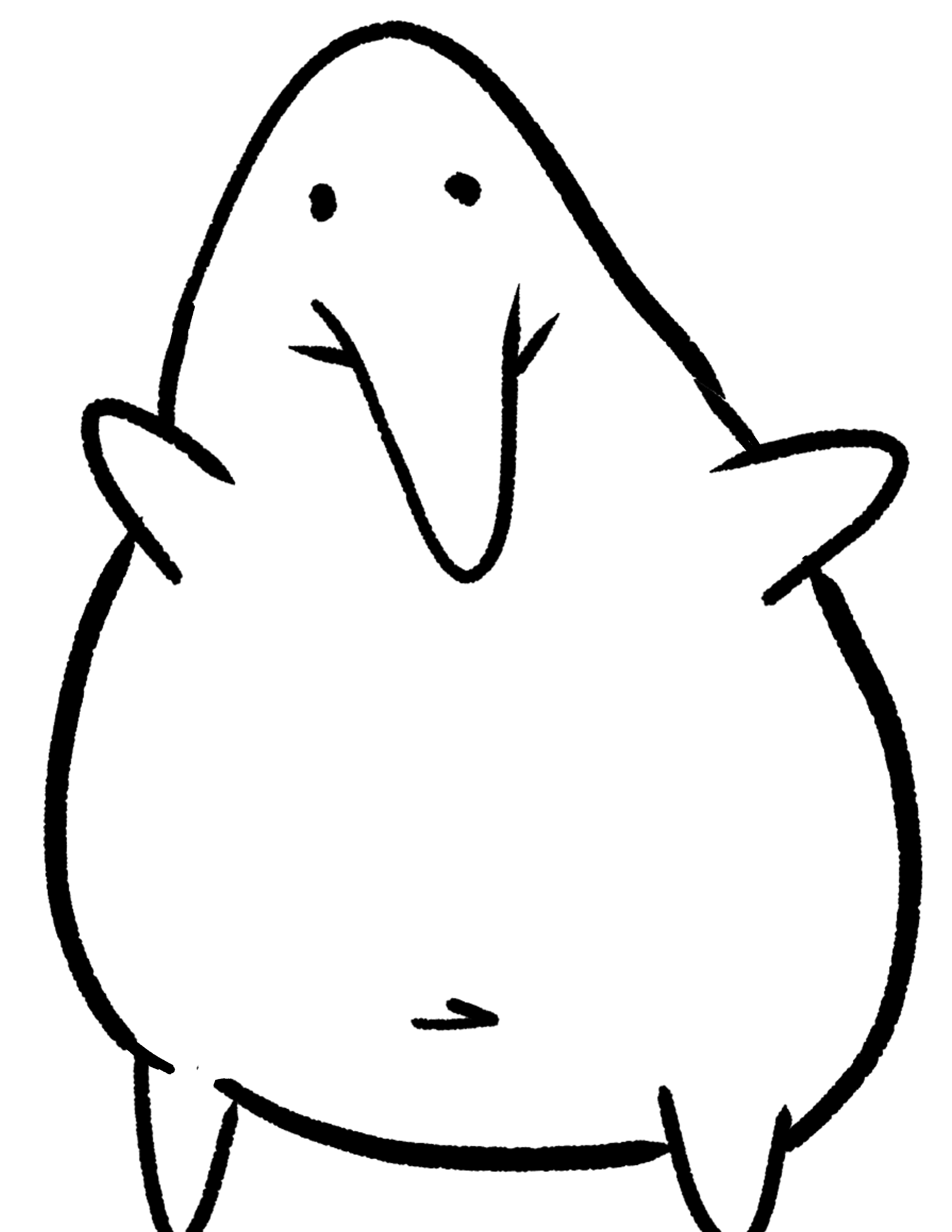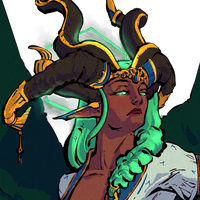Ancestral Avrodian Griffin
The species that was domesticated and eventually became the Avrodian griffin has since gone extinct in the wild. Much about the creature has been forgotten. What little evidence remains is pieced together to form theories on what the ancestral griffin might have looked like and what ecological niche it filled before domestication.
Genetic Family Tree
Anatomy & Morphology
Avrodian griffins are larger than their extant relatives by a wide margin. Wetland griffins--believed to be their closest living relative--are typically less than half the size of an Avrodian griffin.
Much of that size was gained from selective breeding, but the ancestral griffin was likely already much bigger than its counterparts. Historical records show that the griffin was always used as a mount, implying that its above-average size was one of the traits that led to its initial domestication.
The ancestral griffin's skeletal structure also has notable differences compared to wetland griffins. Its spine is straighter, its legs longer, and its overall physique is much more sturdy.
The last distinguishing feature of the ancestral griffin is its diet. Wetland griffins are primarily carnivores, only occasionally supplementing their diet of meat with roots and grasses. Ancestral griffins had a much more varied diet. Their beaks and teeth were less sharp and they had multiple sets of molars, which would've allowed them to consume many different foods.
Avrodian griffins are fully omnivorous. They enjoy all sorts of fruits, vegetables, grains, and meats. It can be assumed that their ancestors had similar tastes.
Ecological Niche
Both wetland and frost griffins are roaming scavengers. The ancestral griffin, however, had a very different lifestyle.
Historical records indicate that they were found across the entirety of the Avrodian Peninsula but were particularly abundant within the cloud forests. The griffins likely fed themselves primarily on the abundant plant life within the forest, only hunting smaller animals on occasion. Their large size would allow them to browse for food without fearing predation. Their wings granted them access to the upper canopy and the food and safety it contained.
Evidence suggests that ancestral griffins lived either alone or in mated pairs. Their young matured quickly and were eager to set off on their own. They stuck to a relatively small territory that often overlapped with other griffins--they were not extremely selfish with their resources.
The ancestral griffin seemed to fit into a place outside the order of the food chain. They were smart enough, big enough, and strong enough to not be threatened by any other predators on the peninsula, but they also weren't aggressive enough to threaten predators in return. Indeed, the ancestral griffin was a class above any wildlife found on the peninsula, leading some to believe that it didn't orginate from the peninsula at all and was instead an invasive species from somewhere else.
Without anything to fear, the ancestral griffin gained a curious nature. They were eager to investigate changes in their territory, which eventually led them to boldly approach human settlers. This inquistive nature is likely what initially charmed humans into attempting to domesticate them.








this is such an interesting article concept, and you executed it so well!
You think so? I'm so flattered :D